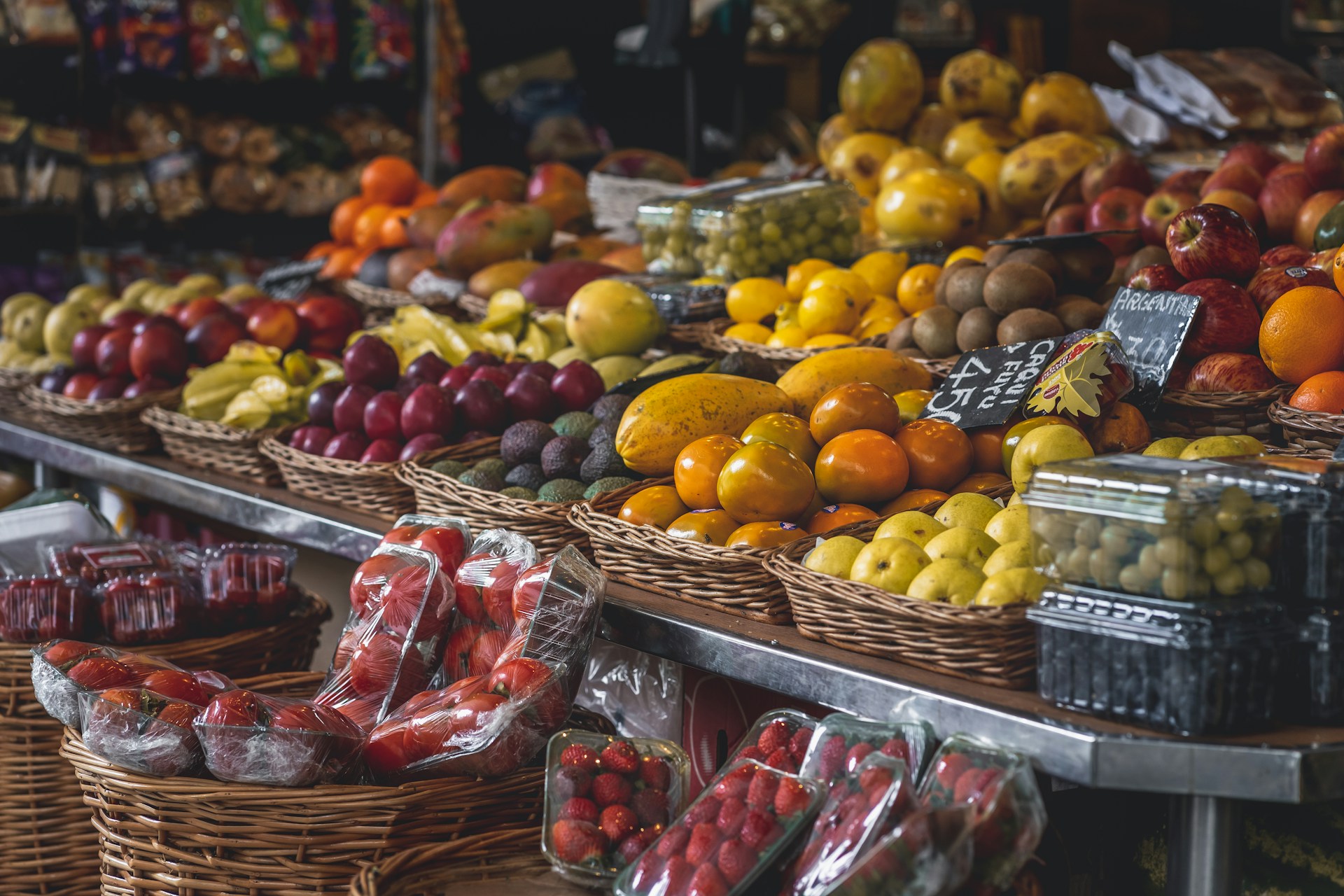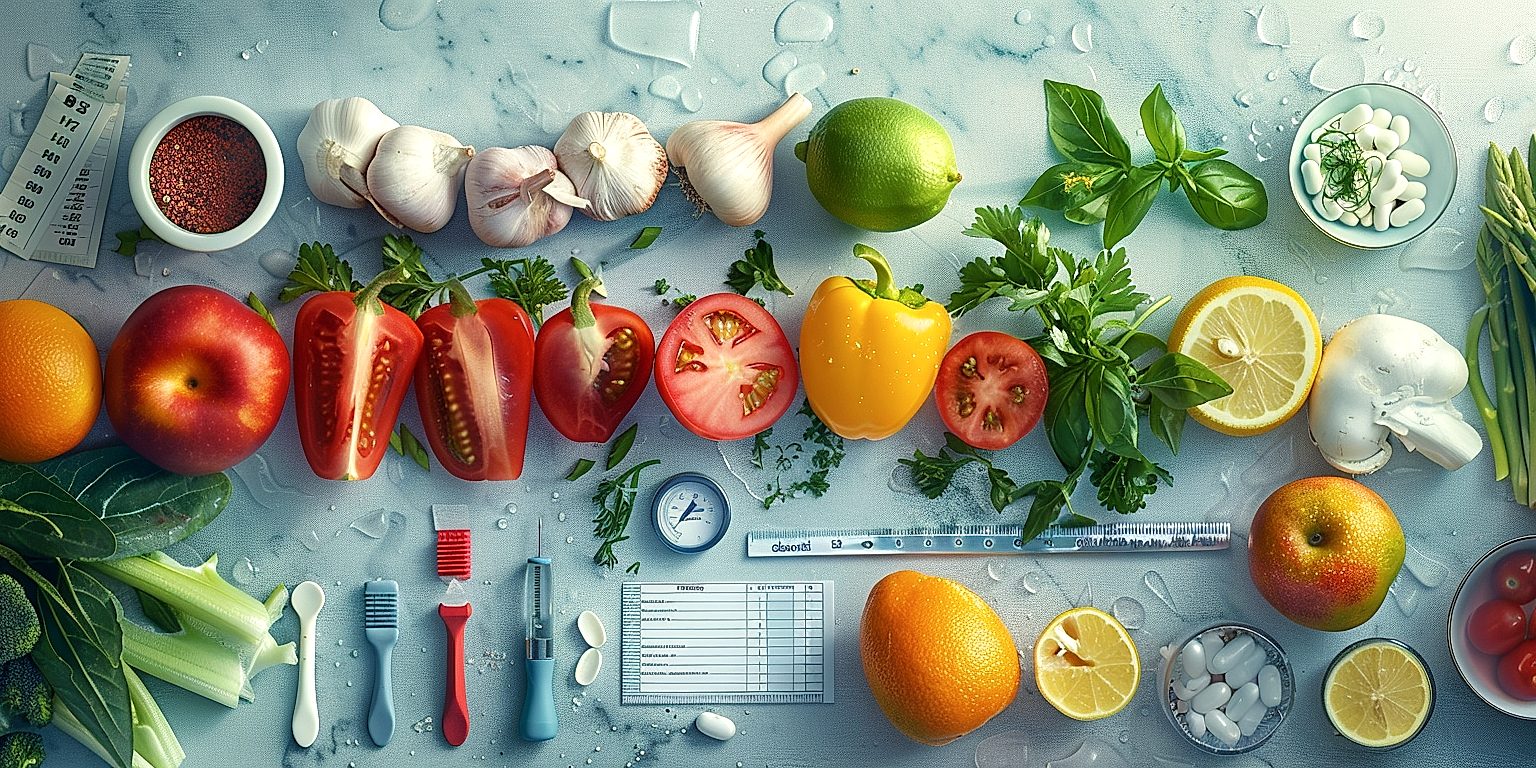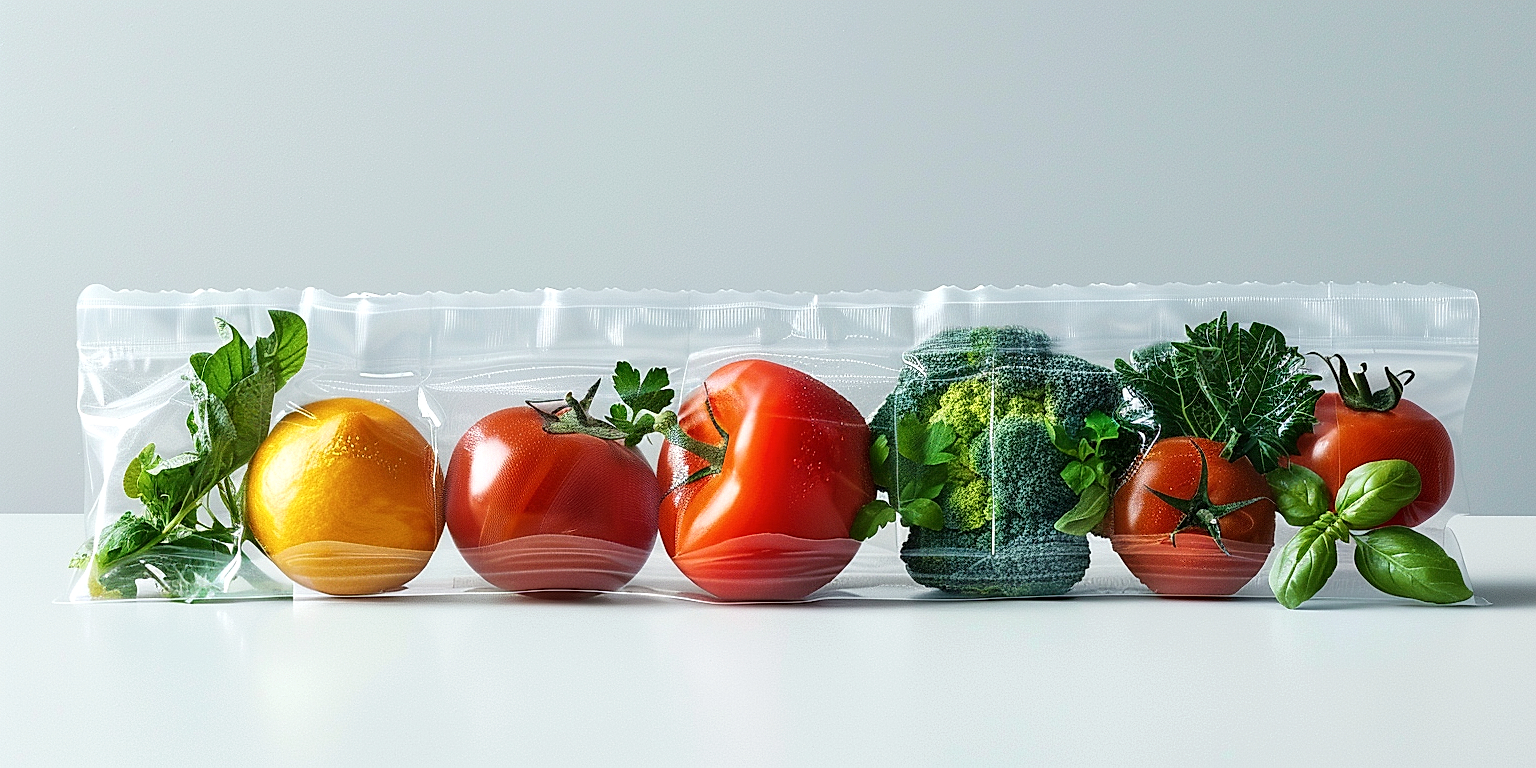Maintaining high standards for produce in the retail sector is a critical aspect of overall business success.
This industry is characterised by heavy competition and savvy consumers, constantly seeking the freshest and best market offerings.
It is clear that the criteria for top-quality produce extend beyond mere aesthetics.
They encompass aspects such as taste, texture, and factor in considerations for sustainability and organic farming practices.
With increasing focus on health and well-being, retailers are expected not only to meet but consistently exceed customer expectations.
This article shares invaluable insights on how this can be effectively achieved, drawing from proven strategies and practical case studies.
Contents
Keys To High-quality Produce In Retail
1. Freshness and vibrant color of the produce.
Freshness of produce plays an essential role in its quality.
As a general rule, fresher produce tends to be higher in quality and nutritional value.
Also, customers are more likely to purchase produce that appears fresh and vibrant in color.
The intensity of the color can tell you a lot about the freshness of the produce.
For example, rich green leafy vegetables, bright red tomatoes, and bright orange carrots usually indicate fresh and quality produce.
Produce that is dull in color could indicate that it is no longer fresh and should be avoided by retailers for quality control.
If the color of the produce starts to change, it may indicate that it is starting to lose its freshness and could potentially not taste as good.
One of the keys to offering high-quality produce in retail is focusing on the freshness and color of the produce as it ties directly to the customer’s perception of the produce’s overall quality.
Therefore, providing fresh, vibrant produce will significantly increase customer satisfaction and repeat business.
At all stages of retail, from the farm to the store, maintaining the freshness of produce should be a top priority, be it through farming practices, storage, transportation, or display in the store.
Retailers, in maintaining the freshness of the produced products, have to ensure they did not hold the produce in storage for an extended period, reducing the freshness.
The look of the produce in terms of its vibrancy and color can significantly influence customer purchasing patterns, and focusing on this aspect can improve a retailer’s performance in the market.
Many customers firstly eat with their eyes, so the initial visual appeal of the produce is important when they make their purchasing decision.
The vibrant color of the produce can not only attract customers but also give them a sense of assurance regarding the freshness and quality of the items.
Maintaining a consistently fresh and vibrant stock of produce is a key to success in the competitive retail market.
To summarize, the freshness and vibrant color of produce are significant factors that contribute to the perceived quality and ultimately the success of a retail produce business.
2. No Signs of Damage or Rot
Careful inspection is critical when it comes to ensuring that there are no signs of damage or rot in your produce.
Damage and rot can significantly reduce the freshness and quality of the produce, making it unsellable and also leading to a loss in revenue.
A thorough assessment should include checking for any visible cuts, scrapes, or blemishes on the skin of the fruits or vegetables which can be indicative of damage or rot.
These imperfections can make the produce vulnerable to bacterial and fungal infections, further compromising their quality.
Very often, the growth of molds and fungi on the surface or inside the damaged areas produces a rotten smell, a clear indicator of the compromised quality of the produce.
Additionally, any discoloration should also be checked as it might be an early sign of rot, even if the produce seems to be fine otherwise.
Apart from these visible signs, other attributes like the texture of the fruits and vegetables are also essential.
Produce that is unusually soft or mushy to touch, or showing signs of wrinkling, can be deteriorating and should be promptly removed.
Similarly, the presence of any abnormal spots, moist areas, or a slimy texture is also indicative of rot and damage.
When it comes to packaged greens or vegetables, the presence of excess moisture in the bag could represent an issue.
Too much moisture can lead to the growth of bacteria and accelerate the speed at which the greens decay, degrading the freshness and the quality.
Produce, like berries, have a naturally short shelf life and need to be properly checked for any signs of spoilage.
Berries should be inspected for any sort of mold growth, as a single rotten berry can lead to the decay of the whole batch.
Remember, even the freshest produce will attract customers only if it looks fresh and appealing.
Ensuring that there are no signs of damage or rot, hence, is critical to maintaining high-quality produce in retail.
3. Proper Storage Temperature and Humidity
When it comes to maintaining the quality of fresh produce in retail, proper storage temperature and humidity can’t be overlooked.
These two factors are pivotal as they help prevent rapid degradation and prolong the shelf-life of the produce.
However, it’s important to remember that different types of fruits and vegetables have specific temperature and humidity needs.
Therefore, correctly understanding the requirements of each item can significantly influence the freshness and attractiveness of your produce.
No one wants to purchase items that are wilting, shriveled, or have lost their vibrant color, all of which can occur if temperature and humidity are not properly controlled.
Stores and suppliers must have systems in place that maintain optimal temperature and humidity levels to ensure that their produce remains fresh and appealing to customers.
For instance, leafy vegetables and berries often need lower temperatures and high humidity, while items like bananas and tomatoes prefer warmer conditions and lower humidity.
Implementing methods like refrigeration, misting systems, and even advanced technologies such as modified atmosphere packaging can meet these varied requirements.
These techniques not only maintain the appropriate conditions but also slow down the ripening process, reducing the risk of loss and waste.
Regularly monitoring the storage environment and being vigilant about changes are also essential components of produce storage management.
Any significant deviation in temperature or humidity can lead to product spoilage and increase food waste, which ultimately impacts the bottom line for retailers.
Storing fruits and vegetables at their preferred conditions also ensures that their nutritional content is preserved.
Remember, consumers are not just looking for attractive produce; they want to be confident that they are getting nutrient-packed fruits and vegetables.
To this end, retailers must remain mindful about keeping their storage systems up-to-date and well maintained.
Investing in modern storage technologies and systems for effective temperature and humidity control will, in the long run, pay off in terms of reduced waste, improved product quality, and satisfied customers.
4. Regular Rotation of Stock
A regular rotation of stock is pivotal for maintaining the freshest, most vibrant produce in retail.
In essence, this approach ensures that older produce is sold before newer produce, thus minimizing waste and maximizing freshness.
Implementation of a system like the first-in, first-out (FIFO) approach is common in maintaining efficient stock rotation.
Not only does regular rotation of stock ensure that produce stays fresh for the consumer, but it also promotes an ongoing cycle of quality checks for any signs of damage, disease, or rot.
Every time a new batch of produce arrives, the old stock moves forward and is scrutinized before being sold. This continuous rotation and scrutiny act as an ongoing quality control process.
By having this process in place, a retailer can take quick action if any issues are spotted, preventing any compromised produce from reaching the customer.
Moreover, regular rotation of stock allows retailers to maintain an optimal level of inventory, reducing the risk of overstocking and, consequently, waste.
It is important to note that appropriate stock rotation does not solely rely on the FIFO approach.
For it to be most efficient, retailers should also consider the specific shelf-life and storage requirements of different types of produce.
More delicate items, such as berries and leafy greens, will need to rotate more quickly than hardier fruits and vegetables like apples or potatoes.
Lastly, employees should be adequately trained and regularly reminded about the importance and mechanisms of proper stock rotation.
It’s a team effort that demands consistent commitment to ensure that every single piece of produce offered to the consumer is at its peak in terms of freshness, flavor, and nutritional value.
Thus, regular rotation of stock forms a key pillar in maintaining a high-quality produce offer in retail.
Beyond reducing waste, preserving freshness, and ensuring ongoing quality checks, it ultimately serves to satisfy and retain customers who can trust that they are purchasing only the best produce available.
5. Sourcing from Trusted, Quality Suppliers
Among the keys to high-quality produce in retail, one standout factor is sourcing from trusted, quality suppliers.
This means, as a retailer, one needs to find suppliers who can offer consistently fresh and high-quality produce.
The suppliers should be able to provide produce that is healthy, free from diseases, and grown under healthy conditions.
These suppliers should have a reputation for good farming practices.
It’s also crucial that the suppliers should be able to meet demand, and respond flexibly to changes in demand.
By sourcing from quality suppliers, retail outlets can assure customers of the freshness and quality of their produce, enhancing their brand reputation.
Also, it’s important to ensure that the suppliers are reliable.
Apart from a quality product, the supplier should also be able to deliver on time.
Delays in delivery can cause the produce to go bad, compromising the quality and affecting the reputation of the retail outlet.
Additionally, the supplier should have a good track record of adhering to food safety regulations.
This is essential to prevent any health risks that can arise from the consumption of harmful produce.
Finding such suppliers requires extensive research, and the development of strong business relationships.
Also, a joint effort to achieve the common goal of supplying high-quality produce can result in a successful and enduring relationship.
Therefore, close collaboration with suppliers is a vital strategy for ensuring continual supply of quality produce.
Consider making the effort to visit the supplier’s operations occasionally.
This helps to build trust and verifies that they are maintaining the desired standards.
Ultimately, your choice of supplier can have a significant effect on the quality of your retail outlet’s produce.
The Bottom Line
Ensuring the highest quality in produce selection is a multi-tiered process that is essential for both consumer satisfaction and health.
Prioritizing characteristics such as vibrant color and freshness is an obvious first step, but it is equally important to vigilantly watch out for signs of damage or decay.
Equally, maintaining the right storage conditions, rotating stock effectively, and choosing to source from trusted suppliers can significantly uplift the quality of produce.
All these factors combined result in not just better tasting food, but also better health and a more sustainable future.




